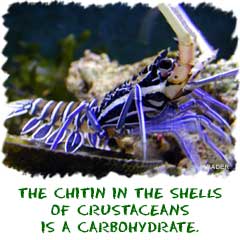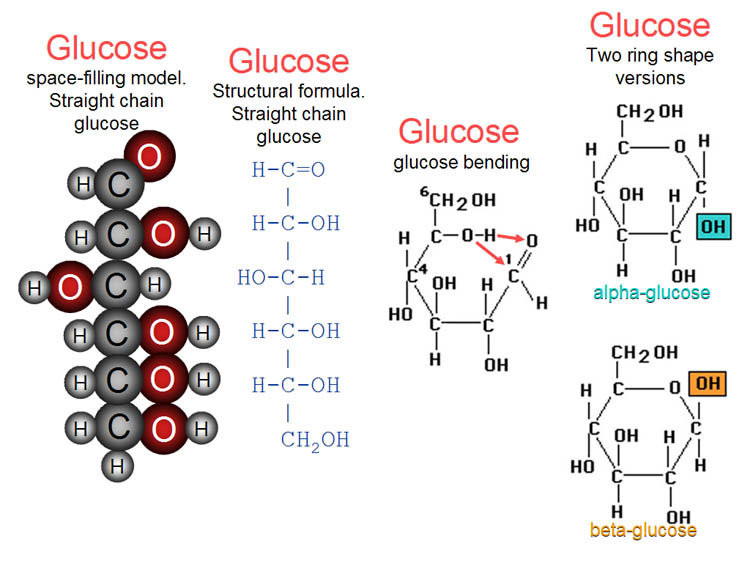Thursday, December 17, 2009
Tuesday, December 15, 2009
Saturday, December 12, 2009
Friday, December 11, 2009
Bile
How does your gall bladder know when to release bile? Click here for an animation of this process.
Gut check
Did you know that between 500-1,000 different kinds of bacteria live in your large intestine? Bacteria in our gut are very helpful. They help digest complex carbohydrates and even help us fight off foreign pathogens.
Click here to read more.
Click here to read more.
Tuesday, December 8, 2009
Online Textbook
Do you want to access the Living Environment textbook online? Click here to register. All you need is the class access code that I gave you in class. See me if you lost your code.
Will you use this feature????
Access codes:
GH: 6A4AE92B1B6E1EA87967
EF: 10340D8403C4644B149C
IJ: 4D54FD57510DA340B43E
AB: 1FEECAC4F995ACE1D6CF
Access codes:
GH: 6A4AE92B1B6E1EA87967
EF: 10340D8403C4644B149C
IJ: 4D54FD57510DA340B43E
AB: 1FEECAC4F995ACE1D6CF
Wednesday, December 2, 2009
Seminar Series in Science - this Friday, 12/4 at 3:15pm!!!!
This will be an interesting and exciting discussion about string theory. If you are interested in attending the seminar, make sure you receive permission from you parents.
Who's coming???
Monday, November 30, 2009
Thursday, November 26, 2009
Happy Turkey Day!
Happy Thanksgiving, everyone! Feel free to pig out on carbohydrates and protein today:)
Also, don't forget about your science homework this weekend!
Wednesday, November 25, 2009
Lactic Acid: Friend or Foe?
 Click here to read a review of an article originally published in the American Journal of Physiology - Endocrinology and Metabolism.
Click here to read a review of an article originally published in the American Journal of Physiology - Endocrinology and Metabolism. What did the scientists find out about lactic acid?
Tuesday, November 24, 2009
Sunday, November 22, 2009
Autotrophs, Heterotrophs, and Chemotrophs?
Did you ever wonder how organisms that live on the ocean floor get energy if they are so far away from sun? Well, there is a group of organisms, like the tubeworm, that carry out chemosynthesis. Click here to find out more.
Tuesday, November 17, 2009
Do trees hold the secret to the fountain of youth?
Did you know that there are trees living in the United States that are almost 5,000 years old? Click here to read some fascinating information and see beautiful pictures of Bristlecone Pine trees found in California's White Mountains.
Saturday, November 14, 2009
Organic Compound Videos
Do you want to watch the videos about organic compounds again? Proteins, Lipids, Carbohydrates, DNA, & RNA. Enjoy!
Don't forget there is a quiz on Tuesday, 11/17/09!
Don't forget there is a quiz on Tuesday, 11/17/09!
Thursday, November 5, 2009
Chem4Kids!
Here is a helpful website about carbohydrates, lipids, nucleic acids, amino acids, proteins, and enzymes. Need I say more?
Are you a pro-tein?
Do you want to learn more about animo acids and protein structure? Be sure to click on the small yellow arrow on the left of the page to get to the next page on the site (I didn't see it at first!).
Did you know that proteins actually have 4 different structures? They are very complex molecules, indeed!
Saturday, October 31, 2009
Cholesterol
Click here to read more about cholesterol and how it affects our body. What is the difference between "good" and "bad" cholesterol? What should someone do if they want to lower their cholesterol levels? How does a doctor know if you have high cholesterol?
Please share your thoughts!
Thursday, October 29, 2009
Organic Compounds
Want to learn more about organic compounds? Click here for more information (scroll to the bottom for biology related facts).
Was this website helpful? Did you learn anything new? Please share!
Was this website helpful? Did you learn anything new? Please share!
Friday, October 23, 2009
Everyday Osmosis
Do you want to see an example of osmosis that you can recreate in your kitchen? How about an example of osmosis occurring in plants? Want to see the egg example again? An osmosis animation? Explain why the large molecules in the osmosis animation remain on the right side of the membrane. Please share your thoughts!
Saturday, October 17, 2009
Test your cell knowledge!
How quickly can you identify the parts of an animal cell? The microscope?
Post your times below! Can you beat me?
How do materials move across the cell membrane?
Do you want to know more about passive transport? Osmosis? Active transport?
What is a concentration gradient? A solute? How do they effect the rate of passive transport? Please respond!
Biology4Kids
Click here to view a helpful website about cells. Check out the cell structure and cell function tabs to review information we are covering in class, or click on any of the other tabs for interesting information relevant to biology. Be sure to read the information about passive and active transport as we will be discussing the cell membrane in class next week. Enjoy!
Is this information helpful? Did you read anything that you didn't know already? Please respond!
Is this information helpful? Did you read anything that you didn't know already? Please respond!
Sunday, October 11, 2009
Current Events: First Place Winner of the Nikon Small World Photomicrography Contest
Click here to read an article and view images from the Nikon Small World Photomicrography Competition. The photo on the right won the compeition this year! It is an image of the anther of a thale cress plant. Many of the images were taken with less than 60X magnification. How does this compare the magnification of the microscopes we use in lab? What picture is your favorite? What is a micrograph?
Want to see more pictures? Click here to view winning micrographs from 1977-2008!
Want to see more pictures? Click here to view winning micrographs from 1977-2008!
Wednesday, October 7, 2009
Current Events: Three Win Nobel for Ribosome Research
Click here to read a short article from the NY Times about 3 chemists who won the Noble Prize for their research on ribosomes! From left, Venkatraman Ramakrishnan of the MRC Laboratory of Molecular Biology in Cambridge, England; Thomas A. Steitz of Yale University; and Ada E. Yonath of the Weizmann Institute of Science in Rehovot, Isreal.
Tuesday, October 6, 2009
Extreme bacteria (not another reality show).
What is an obligate anaerobe? What does extremophile mean? Click here to read more about a unique kingdom of bacteria. The picture at the right was taken at the Midway Geyser Basin in Yellowstone National Park. The yellow coloring is caused by a particular type of archaebacteria that is known to survive at extremely high temperatures like those produced from a geyser.
Current Events: Lysosomes - Nature's Garbage Disposals?
Click here for an article from the NY Times about lysosomes. What you think about this article?
What do lysosomes recycle? What is the difference between proteasomes and lysosomes?
What do lysosomes recycle? What is the difference between proteasomes and lysosomes?
Monday, September 28, 2009
A Dichotomous what??
Are you still having trouble understanding dichotomous keys? If you need extra practice, try to identify the microscopic organisms found in the Chesapeake Bay.
Click on, "What are these things?"
Click on, "What are these things?"
Lions and tigers and LIGERS. Oh my!

Wait a minute. Ligers? Grolar Bears? Wholphins? How would Carlos Linnaeus classify these organisms? Do they contradict what he believed about classification? Do you know of any other hybrid crosses? Tell me what you think! Want to see more? (Thanks Radhika!)
Welcome!
Welcome students and parents! This is the first time I am using a blog in my classroom, so please be patient as I figure things out.
I would like to use this website as a way for students to share research, information, and helpful websites about the living environment curriculum. If you find anything biology related, please share! Parents, if you would like to post as a guest blogger, please contact me. See eboard for my email address.
I would like to use this website as a way for students to share research, information, and helpful websites about the living environment curriculum. If you find anything biology related, please share! Parents, if you would like to post as a guest blogger, please contact me. See eboard for my email address.
Subscribe to:
Posts (Atom)


















